Detailed Report On Boiler Manufacturing
Boiler manufacturing involves the production of devices that generate steam or hot water for heating, power generation, and industrial processes. It plays a pivotal role in various industries by providing essential energy solutions.
Introduction
Detailed Report on Boiler Manufacturing is as follows.
Boilers are specialized containers used to produce steam or heat water for a number of industrial, commercial, and residential functions. Boiler manufacturing is the process of designing, constructing, and assembling boilers. These tools are essential in a number of sectors, including heating systems, manufacturing, chemical processing, power generation, and food production. A lot of research and development goes into designing boilers that fulfill certain requirements before boiler manufacture ever starts.
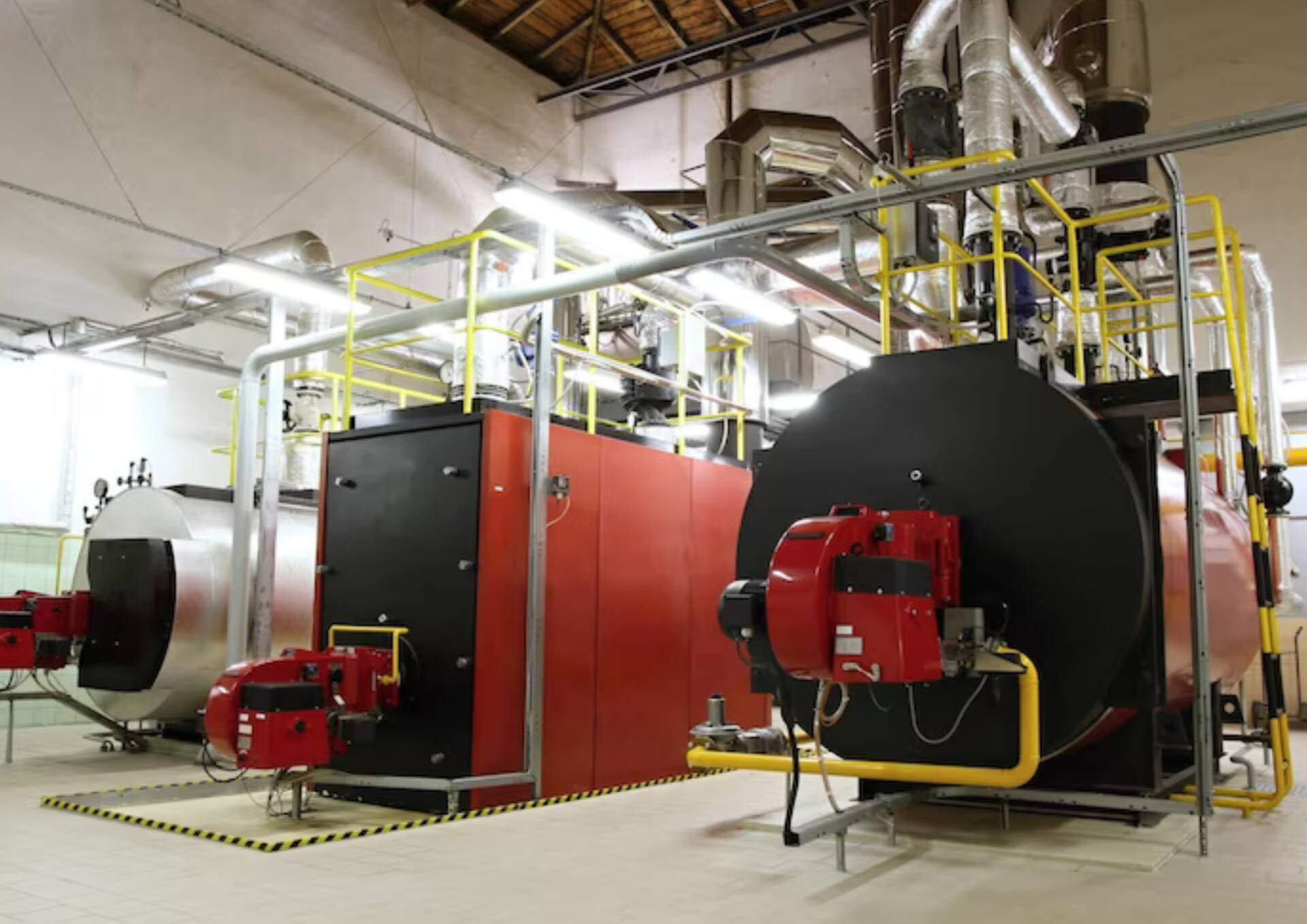
At this stage, the boiler design incorporates safety features including pressure release valves, level indicators, and temperature controls. The components are assembled during construction to form the full boiler unit. Skilled specialists and welders carefully connect the different pieces while adhering to rigorous quality and safety standards. The assembly procedure includes connecting the tubes, fitting the internal components, and installing external accessories such as pumps, burners, and control systems. After the boiler is finished, it is subjected to rigorous testing to ensure that there are no leaks, that the pressure is maintained, and that the safety systems function properly. These tests ensure that the boiler complies with safety regulations and can operate safely and effectively.
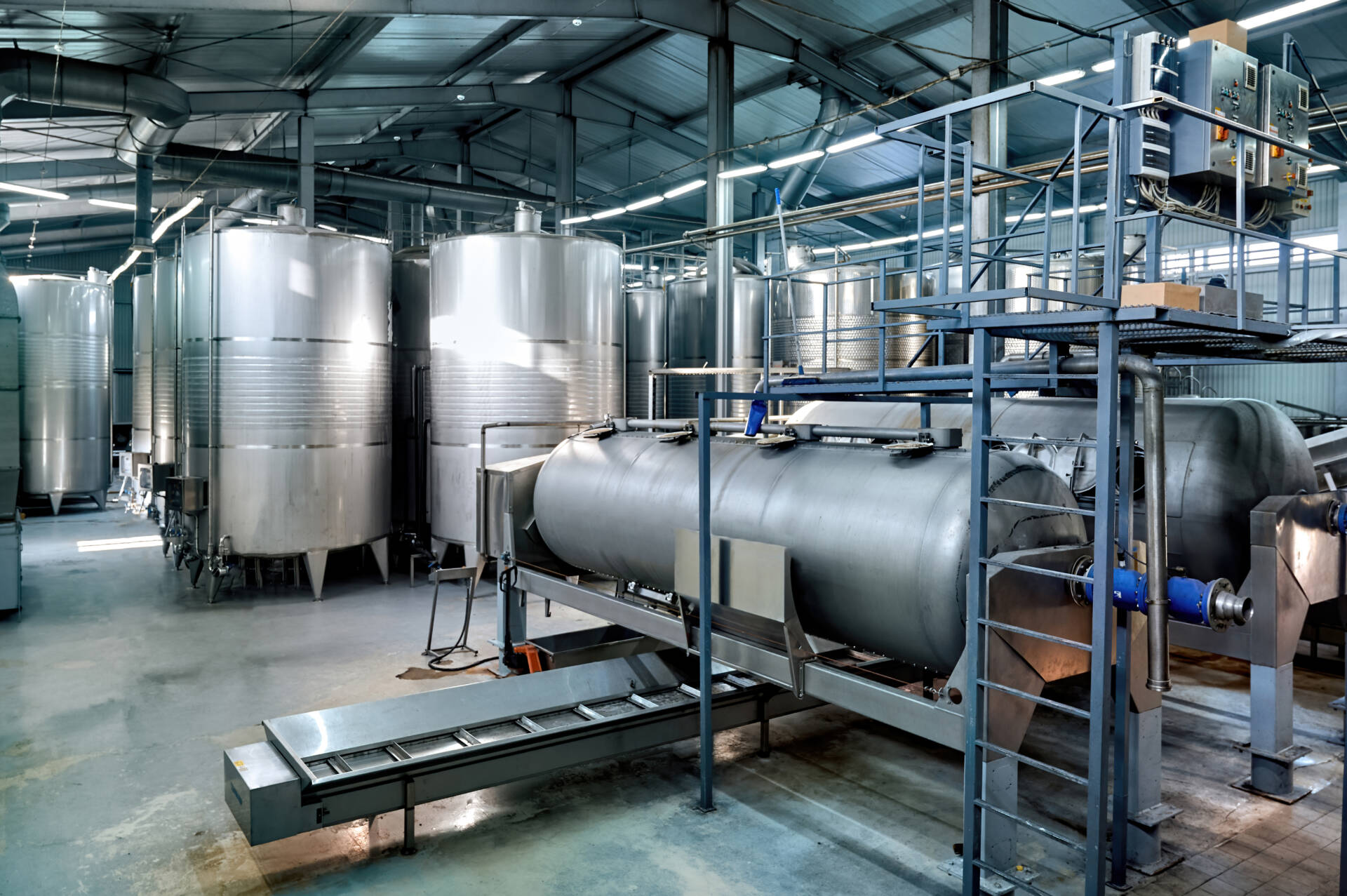
Detailed Report Sample On Boiler Manufacturing
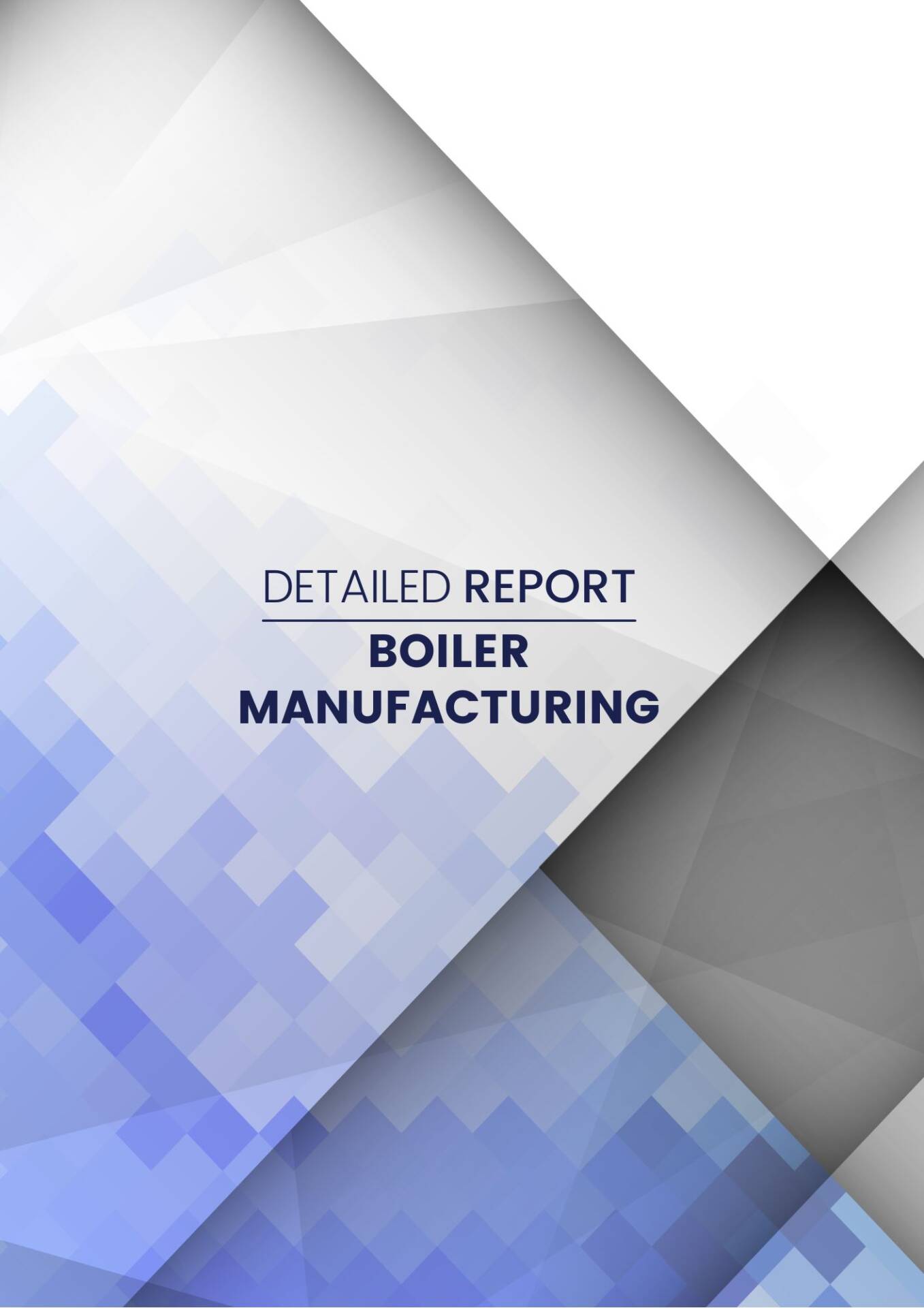
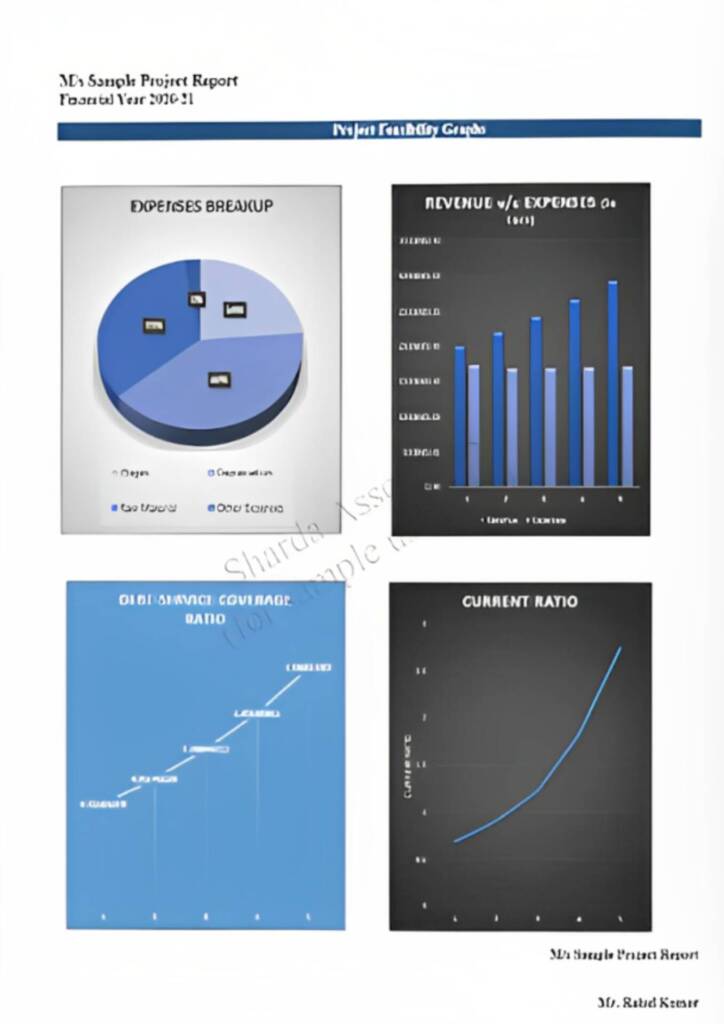
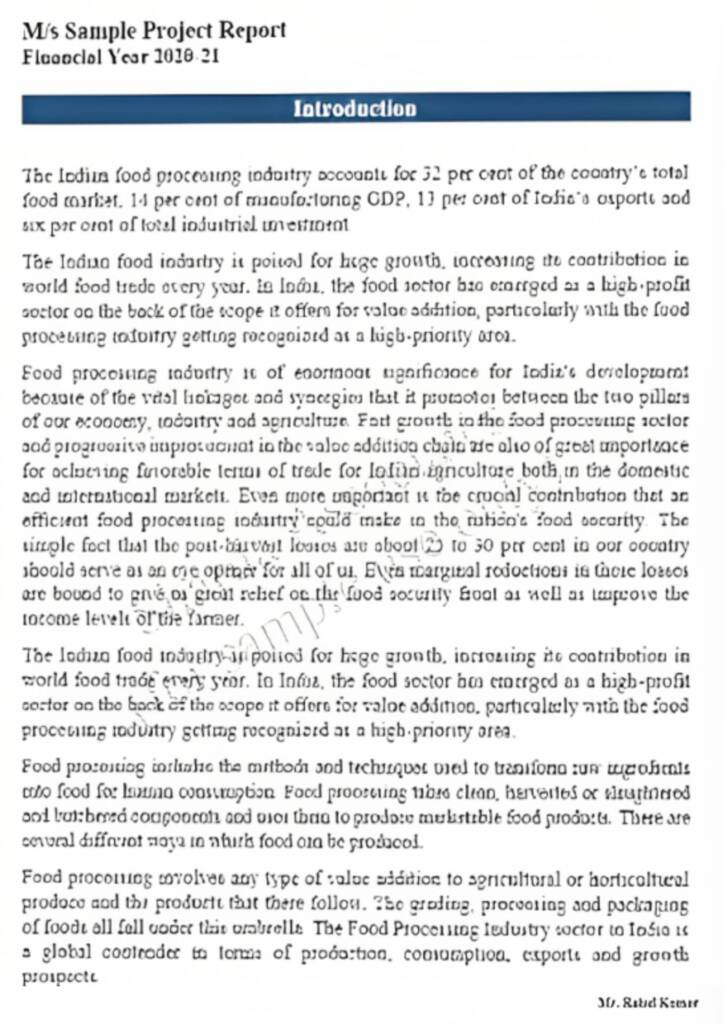

Market Potential Of Boiler Manufacturing
The worldwide industrial boilers market is expected to be worth USD 19.8 billion by 2030, increasing at a 3.3% CAGR between 2022 and 2030.
The worldwide industrial boilers market is being propelled by rising demand from the chemical and petrochemical sectors, as well as the food and beverage industries. Rapid industrialization and stringent government regulations managing harmful emissions are driving up global demand for industrial boilers. The growing usage of industrial boilers in different sectors including chemical, food and beverage, and mining is expected to drive market growth in the coming years. Because of the rising population and greater disposable income, firms are constructing new factories to fulfill the demand for food and drinks, textiles, and consumer goods.
Globally, rising investments in business development are pushing increasing demand for industrial boilers. The chemical sector makes a significant contribution to global GDP, emphasizing the relevance of expanding demand for industrial boilers in the chemicals industry. The rising demand in emerging nations’ chemical and petrochemical sectors is expected to have a substantial influence on market growth in the near future. Industrial boilers need a large expenditure in terms of purchasing, installation, and maintenance. These boilers have a high maintenance cost since they require frequent repair and inspection to work effectively. Installation of industrial boilers is particularly expensive since it comprises costs for site preparation, engineering, and labor. This cost may vary based on the location and complexity of the installation, making it one of the production plant’s most essential expenditures.
Contents of Project Report
A project report helps you identify whether a project is worth pursuing. It presents the holistic view and brings complete insight of the business and its activity.
It acts as a guide for all the business operations, aids in taking all financial decisions related to the existing businesses and to the start-ups. It serves as roadmap to the business and provides information to the outsider who are wanting to know more about the business.
You will have the opportunity to build new goals and expansion ideas in one single document. Everyone, from the banks to potential investors, will need to have a look at the project report before they shell out any money.
A well drafted project report generally consists details about:
- Brief History of the Business
- The Promoters
- SWOT Analysis
- Industry Outlook
- Past Financial Statements
- Projected Financial Statements
- Infrastructure and Human Resource required
- CMA data
- Business model
- Requirement of Working Capital Funds
- Means of Finance
Other relevant information, if any.
